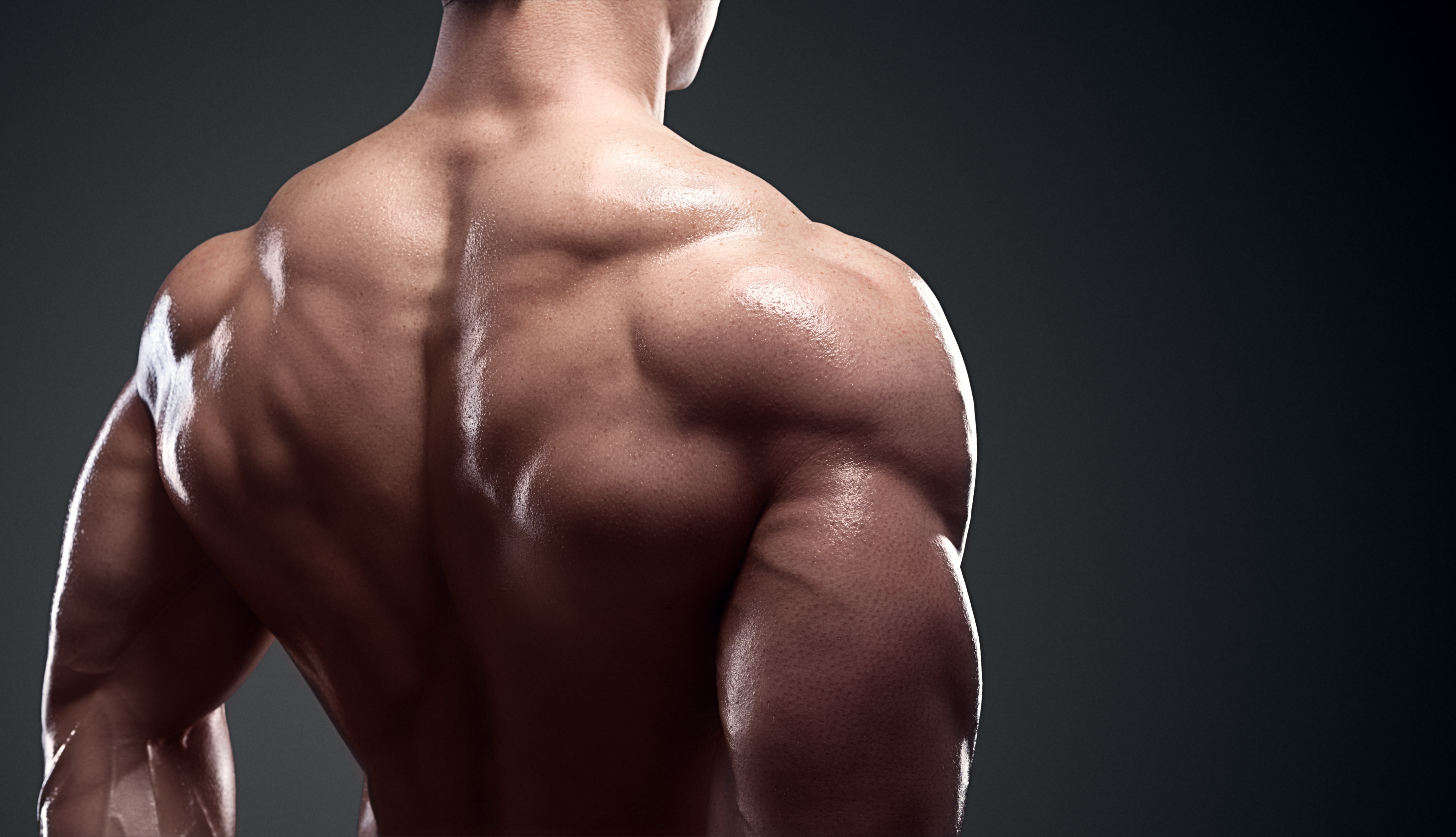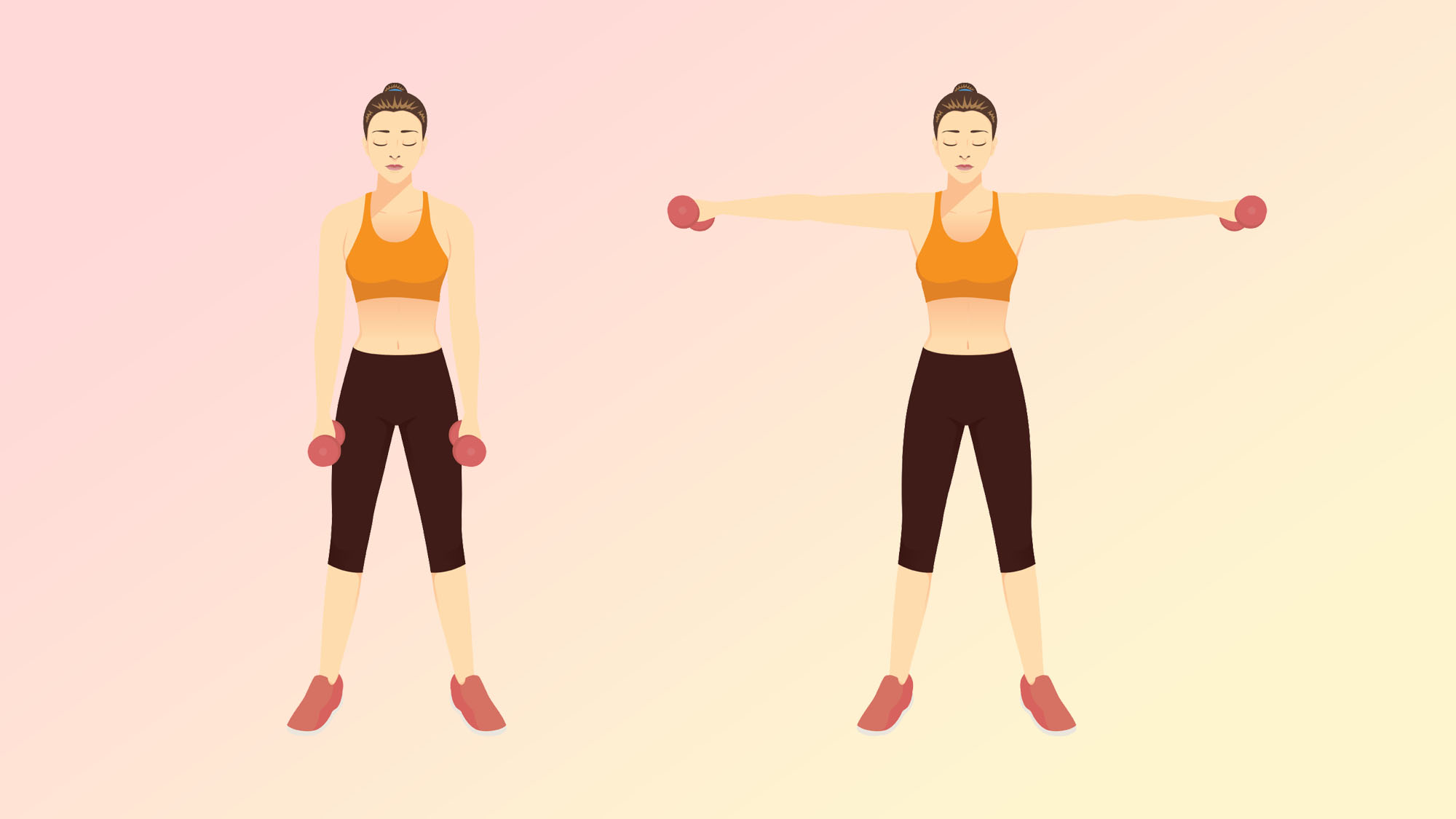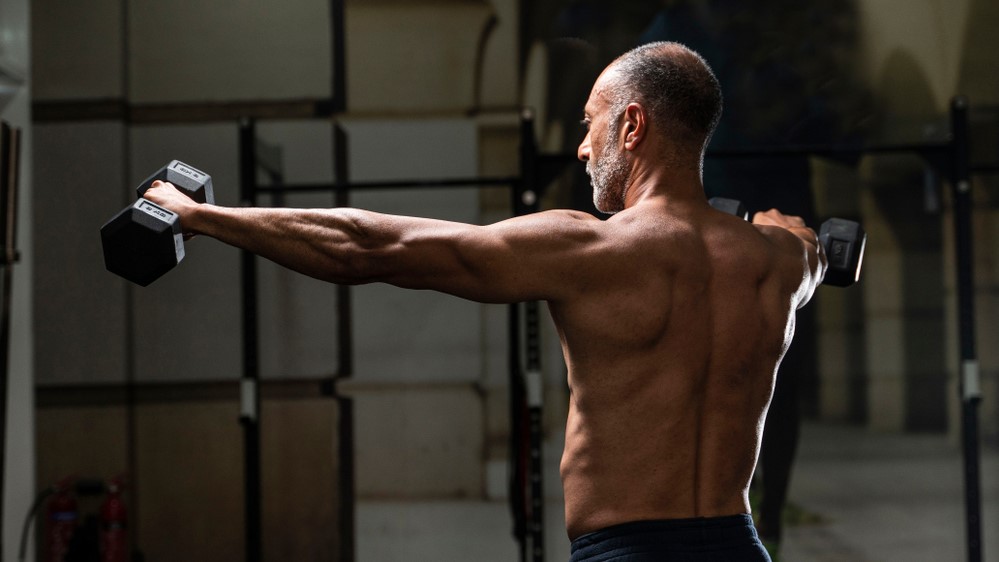Get bigger shoulders with this simple exercise
Build up your deltoids and get enviable shoulders with these tips on how to do lateral raises

Lateral raises are up there with some of the best shoulder workouts that you can do to build up your deltoids and improve your shoulder mobility. They're pretty simple and mainly involve raising weights to shoulder height at the side of your body, before lowering and beginning again. But, they'll only work if you do them with good form.
Even though they’re simple in setup, lateral raises can be incredibly tough. We spoke with Peter Williams, PT and Gym Manager at PureGym Cardiff, to find out everything you need to know about how to do the lateral raises with perfect form. Peter has shared with us his top tips on how to do lateral raises, the benefits and variations that come with the exercise, and some common form mistakes you should seek to avoid.
If building your shoulders is your goal, however, it's important to note you won't do it with lateral raises alone. The lat delts are one of three deltoid muscles, and this is just one group of muscles that make up the shoulder and upper back. Make sure you’re training all the muscles to build a strong and balanced upper body — combining compound exercises like bench press, overhead press, and lat pulldowns with isolation exercises like lateral raises, rear delt flyes, and chest flyes will ensure you build total upper body strength and size.

How to do lateral raises

Grab a pair of dumbbells and stand with your feet shoulder-width apart, palms facing toward your body, with a soft bend in your elbows. Brace your abs and, keeping your torso still, raise the dumbbells out to the sides until they are level with your shoulders, and slightly in front of your chest. Hold here for a second before slowly lowering the dumbbells back to the start.
What are the benefits of lateral raises?
The lateral raise is an isolation exercise which works the lateral delts (side of shoulders) and traps (upper back). The main benefits of lateral raises include building bigger, stronger shoulders, and improving shoulder mobility and stability. This can mean stronger upper body lifts, broader shoulders, and reduced chance of injury.
What are the different variations to try?
Lateral raises are commonly done with dumbbells (check out the best adjustable dumbbells for weightlifting at home here), but to make this exercise more challenging, you can switch to kettlebells or a cable machine.
With kettlebells, the center of mass falls below the handle and your muscles have to work harder to adapt to how this changes throughout the movement, and cables provide a constant source of tension throughout the entire raise, which is great for fatiguing and challenging the muscle. If you're working out at home, you could also use resistance bands for this exercise — check out the best resistance bands on the market here.
Sign up to get the BEST of Tom's Guide direct to your inbox.
Get instant access to breaking news, the hottest reviews, great deals and helpful tips.
You should only progress once you’ve nailed the form and are sure you’re recruiting the right muscles to drive this exercise.
What are the common form mistakes?
The biggest mistake people make with lateral raises is using momentum to lift the weight, rather than recruiting the muscles in the shoulders and upper back. To really get the most out of lateral raises, it’s important to focus on form — don’t rock your hips forward and use speed or momentum to swing the weights up. Choose a weight that is challenging but allows you to move in a smooth, controlled movement, and focus on building that mind-muscle connection.
Looking for more workout inspiration? Here's six resistance band exercises build your arms without weights, the best ab workouts you can do for free, an exercise that’s better than squats at building your glutes

